The Backbone of Smart Web Tools: API Integration Explained
Have you ever logged into a website using Google, checked live weather updates, or tracked a package without needing to refresh the page? That seamless experience is made possible by API integration. An API, or Application Programming Interface, enables different apps and services to communicate with each other. They act as invisible messengers, facilitating data exchange between various tools. However, APIs alone aren’t sufficient; they must be integrated into web tools to serve a meaningful purpose.
API integration connects everything from payment systems to maps, enhancing the intelligence and speed of websites. It operates as the behind-the-scenes engine powering modern digital experiences, eliminating the need to build everything from scratch.
How Does API Integration Work?
To comprehend how APIs empower web tools, let’s strip back the surface and explore the fundamental concept. Consider a scenario where you want to display weather updates on your website. Instead of launching your own satellites or hiring meteorologists, you can connect to a weather service like OpenWeather or AccuWeather using their API. This API functions like a waiter, taking your request (e.g., “What’s the temperature in Nairobi?”), delivering it to the weather service, and bringing back the real-time answer.
Now imagine doing this not just for weather, but also for payments, analytics, user logins, database queries, form submissions, language translation, maps, automation, and more. Modern web tools achieve this by seamlessly integrating multiple APIs on the backend.
The integration process involves taking these API connections and making them a functional part of your tool’s logic. This could involve backend code that pulls in third-party data and processes it, or frontend elements like buttons or dashboards that rely on APIs to display live information.
From a development perspective, API integration is more than just copy-pasting a URL. It involves authenticating requests (so the API recognizes your authorization to use it), formatting data correctly (usually in JSON), handling errors gracefully, and ensuring security.
Moreover, API integration is no longer exclusive to developers. Tools like Zapier and Integromat have introduced low-code or no-code API integration options, allowing non-programmers to connect functions across apps and services using visual workflows.
Why Is API Integration So Important?
Modern web tools heavily depend on external services. A basic website might need to process payments, manage email signups, track user behavior, and more. Without APIs, each of these features would have to be built from scratch.

API integration allows developers to leverage the functionality of services that already excel in their domains. Want to accept payments? Use Stripe. Need a map? Use Google Maps. These services are accessible via APIs, saving time, effort, and cost.
Additionally, API integration supports real-time updates. Consider a stock trading dashboard that refreshes every second. That live feed? Powered by an API.
Security is another significant advantage. Established APIs come with built-in safety checks—keys, tokens, and permissions—that protect both the developer and the user.
When your tool scales from 100 users to 100,000, APIs facilitate this growth effortlessly since most of the heavy lifting is managed on the service provider’s end.
API integration offers developers unparalleled flexibility. They can select services tailored to their specific needs, combining features from across the web into a cohesive tool.
Where Is API Integration in Action?
Let’s translate this into real-world examples. Imagine launching an online store. You can integrate a payment API like PayPal or Stripe. For shipping, connect with a courier service API to track packages. Use an email API like SendGrid to send order confirmations. All of this occurs without the customer ever witnessing the behind-the-scenes operations.
Educational tools provide another example. APIs connect student portals with video conferencing platforms, manage assignments, and even sync grades to cloud storage.
In healthcare, appointment systems leverage calendar APIs, while patient portals extract data from cloud databases—all made possible through API integration.
Your favorite productivity apps likely rely on numerous APIs to function. Whether syncing files, logging activity, or updating dashboards, most modern tools are a web of integrated APIs working together.
What makes API integration so effective is its invisibility. You click a button, and it “just works.” But behind that click are multiple tools communicating through well-integrated APIs.
What’s Next for API Integration?
The future of web tools will depend even more on APIs—not just for feature addition, but for making tools more intelligent and context-aware.
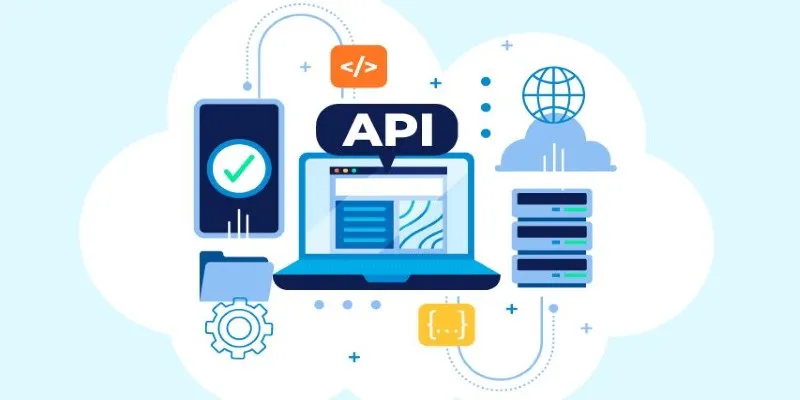
AI-powered APIs are already being used for image recognition, translation, and personalized content recommendations. Developers no longer need to build these functions from scratch; they simply plug in an API.
We are also witnessing growth in microservices. Instead of developing one large app, developers create smaller components that communicate via APIs, making updates and scaling easier.
Progress has been made in privacy-focused APIs, offering more control over data sharing, which is becoming crucial in today’s data-sensitive world.
The best part? As tools become smarter, the integration process becomes simpler. Low-code platforms are reducing barriers for teams aiming to build sophisticated tools without deep programming knowledge.
While the technology behind APIs will continue to evolve, the goal remains unchanged: to keep users connected, systems communicating, and web tools functioning smoothly.
Conclusion
API integration in web tools forms the backbone of today’s seamless digital experiences. It allows websites and apps to connect, automate, and scale without the need to rebuild core functions from scratch. From simple logins to complex data exchanges, APIs enable tools to work smarter and faster. As more services transition online, API integration becomes not just beneficial but essential. It’s the invisible glue holding modern web functionality together, powering everything from user convenience to business growth with minimal friction.
Related Articles

PowerPoint Image Compression: Reduce File Size Without Sacrificing Clarity

Which Are The 5 Best Data Collection Tools to Streamline Your Research Process

Dark Web Monitoring Tools: Common Failures and Smarter Solutions
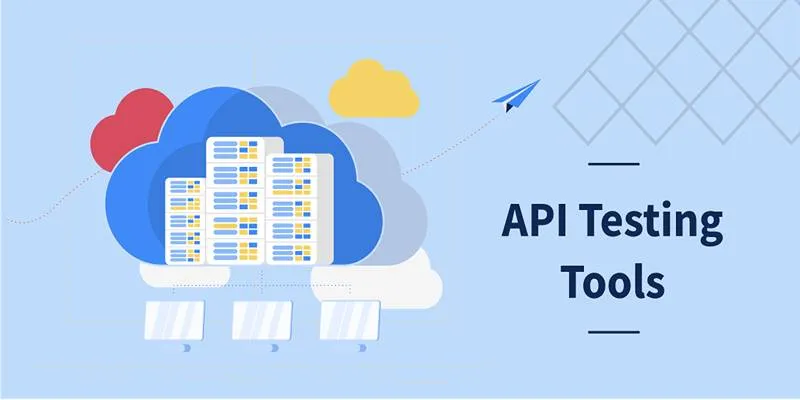
Free API Testing Tools That Help Developers Test and Debug Fast
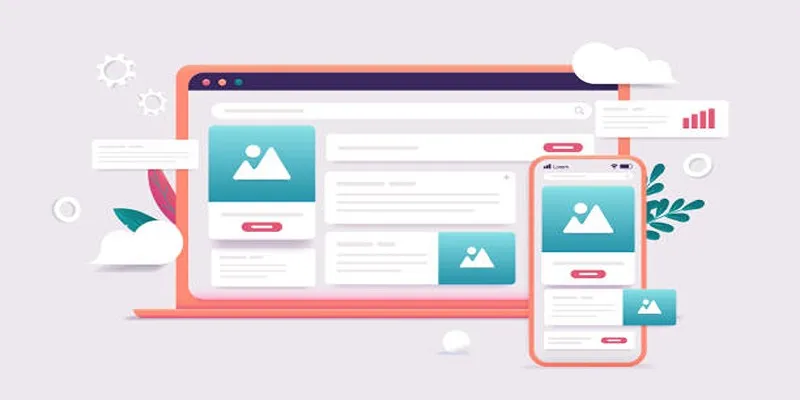
Discover the 9 Best Tools for Modern Web Design in 2025

The Best Flowchart Software and Diagram Tools in 2025: A Comprehensive Guide
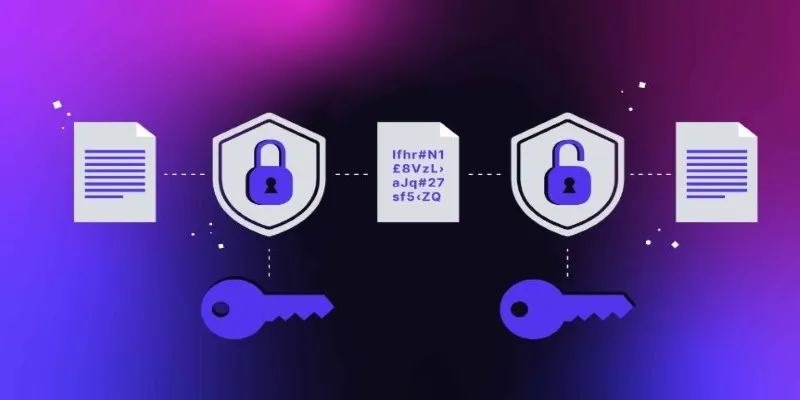
What Encryption Really Does in Modern Online Tools
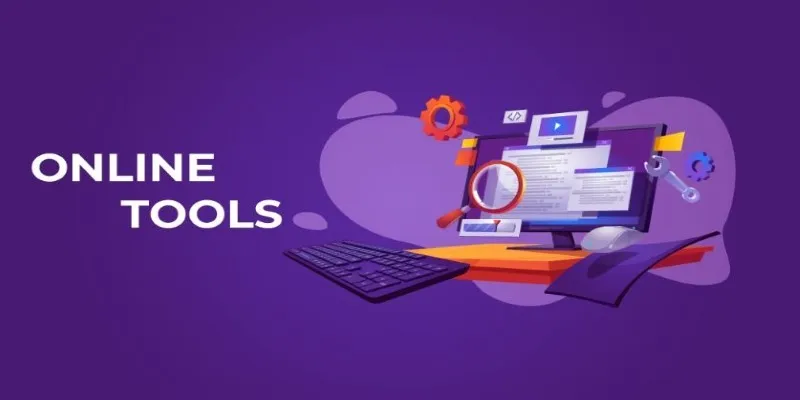
The Power of Online Tools: Definition, Purpose, and Impact

20+ Best Digital Marketing Tools

Base64 Encoding and Decoding Made Easy with Free Online Tools

The 13 Best Campaign Management Software Tools to Streamline Your Marketing

Base64 Encoding and Decoding Made Easy with Free Online Tools
Popular Articles
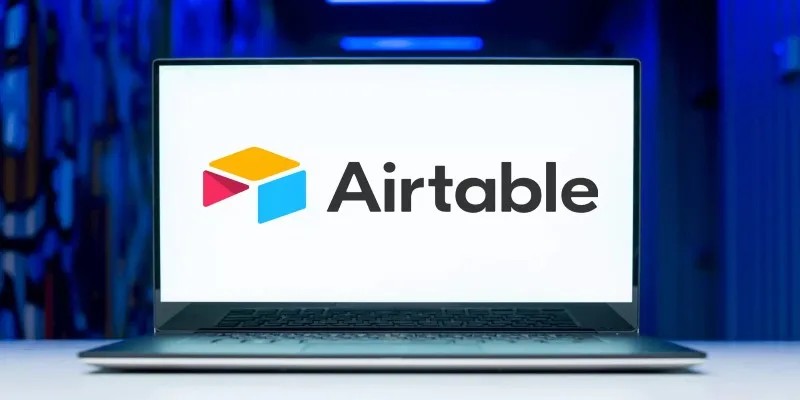
The 6 Best Airtable Alternatives in 2025 to Organize, Track, and Collaborate Better

5 Top-Rated Applicant Tracking Software for Small Business: An Ultimate Guide

Windows 10 Video Editing: 10 Best Software Reviews

Fathom vs. Fireflies: A Comprehensive Comparison of the Best AI Note Takers
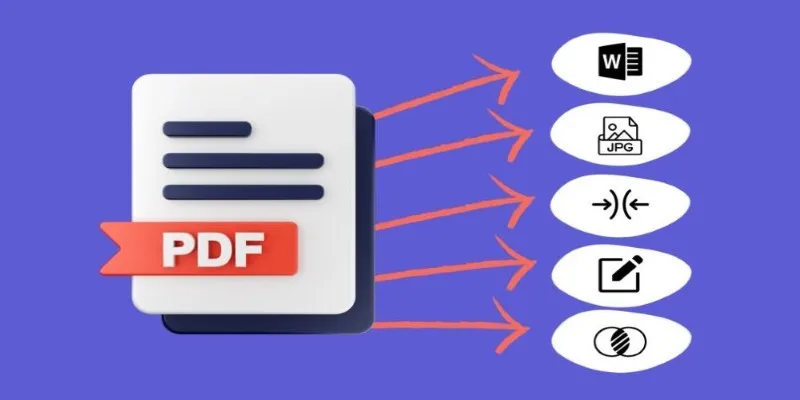
Best Free PDF to Image Tools for Quick and Easy Conversion

How to Effortlessly Combine MP4 Videos on Your Desktop

Top Tools and Tips for Converting AVCHD Video to SD

How to Push Code to GitHub: A Step-by-Step Guide

Effortless Steps to Convert and Upscale Video to 4K Resolution

Discover the Best 7 Alternatives To Use Instead of Microsoft Project in 2025

How to Detect AI-Generated Text and Photos in a World of Digital Deception
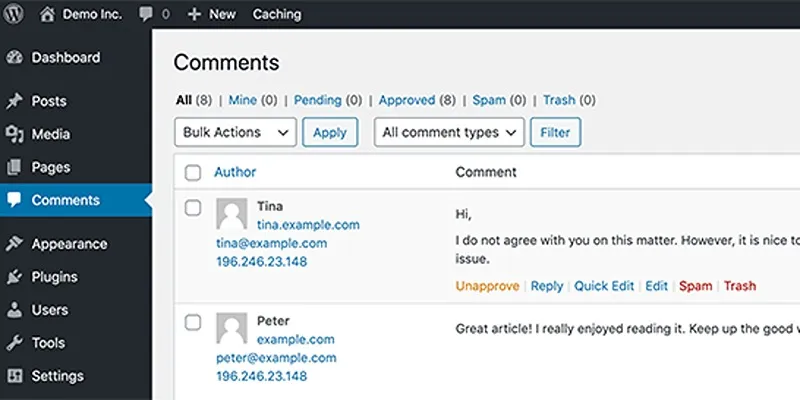
 mww2
mww2